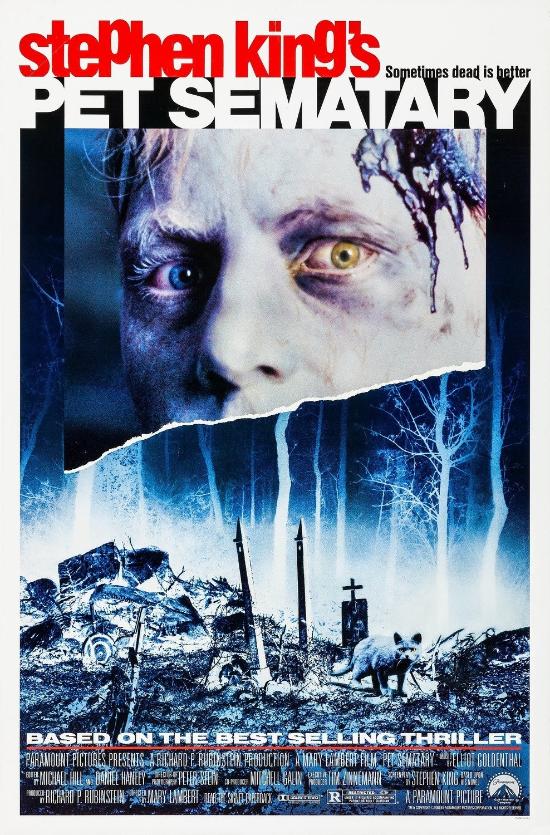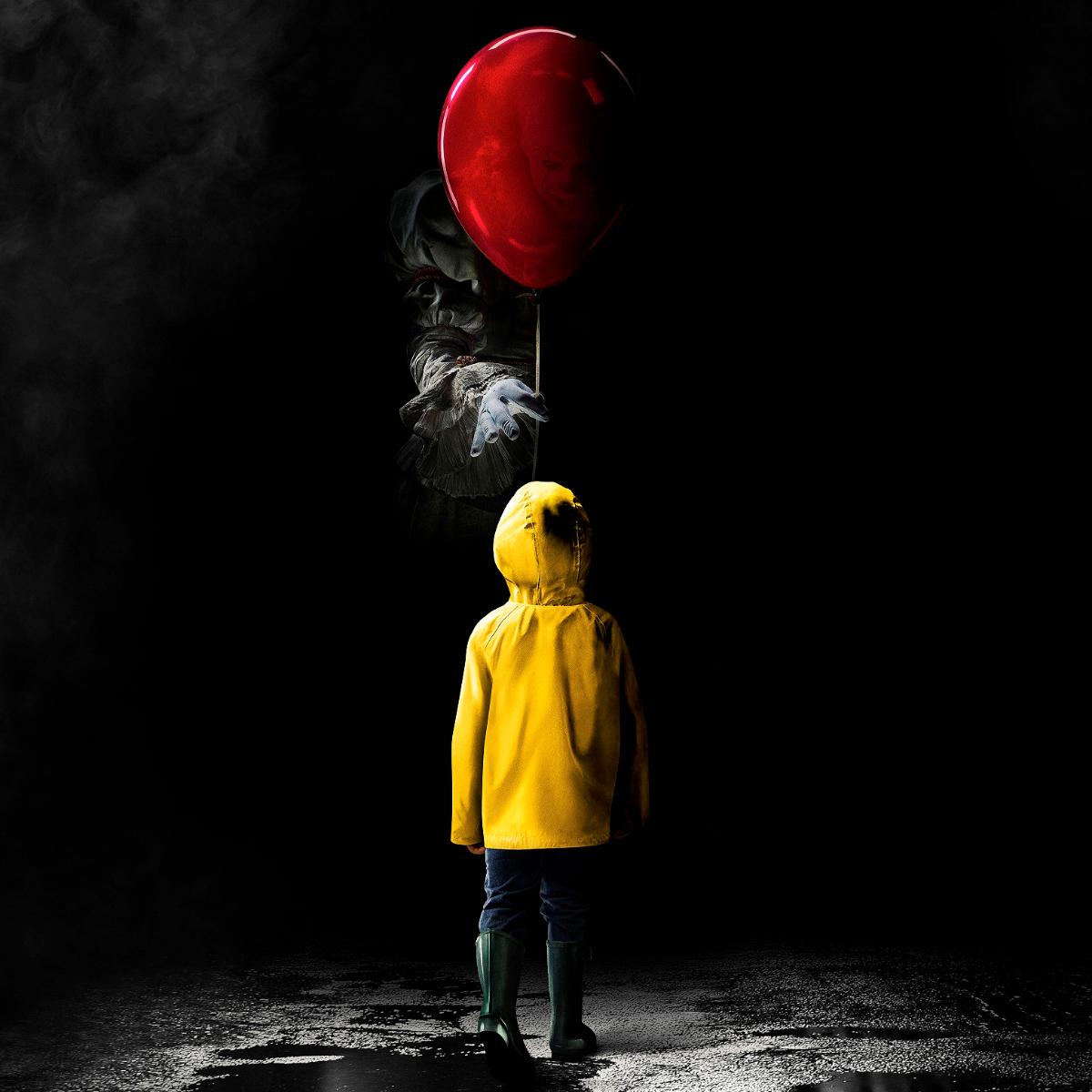When it comes to Stephen King stories, sometimes read is better.
The film solemnly suggests dead is better, and if you’ve lived through Pet Sematary, you might be inclined to agree. Mary Lambert’s 1989 adaptation of Stephen King’s 1983 novel arrives embalmed in the trappings of late-80s studio horror: practical effects work pushing at the boundaries of credibility, a dissonant score that can’t decide between ominous and overwrought, and performances that swing from stoic to stagey. So why does Pet Sematary linger, still clutching the ankles of pop culture decades later? It isn’t its gore, or even its monsters; it’s the unflinching way it commits to one of King’s bleakest, cruellest propositions: what if there really was a fate worse than death?
King himself handled the screenplay, making Pet Sematary one of those adaptations not merely authorised but authored by the man himself and that fidelity brings both benefits and burdens. Structurally, the film sticks closely to the novel, at times too closely, cramming in connective tissue that made emotional sense on the page but clots on screen. Louis Creed (Dale Midkiff), his wife Rachel (Denise Crosby), and their two children move to rural Maine, only to discover the woods conceal a burial ground with the power to bring the dead back to life. It’s not a spoiler to say that this power is invoked – multiple times – nor is it a revelation that each resurrection exacts a darker cost. The mechanics are classic monkey’s paw: wish fulfilment turned malevolent, not by trickster gods but by grief, pride, and the delusion that we can somehow outsmart fate.
Midkiff’s Louis is a cipher; handsome, occasionally haunted, but mostly blank. His slide into madness lacks the jagged serrations King gave him on the page. Where the novel charts a careful erosion of rationality, the film drops us straight into third-act hysteria with little modulation. Denise Crosby fares a little better, especially in the later stages when Rachel’s repressed childhood trauma erupts into the narrative like a pus-filled abscess. But it’s Fred Gwynne who delivers the film’s most iconic performance; as kindly neighbour Jud Crandall he offers warmth, folk wisdom, and a thick New England accent that shouldn’t work, yet somehow does. His line reading of “Sometimes dead is better” doesn’t just hang in the air; it permeates the very fabric of the movie.
Where Pet Sematary excels is in its willingness to go places most studio horror wouldn’t dare. The death of young Gage (Miko Hughes) is not just a twist or a plot device; it’s a transgression and the film doesn’t shy away from the emotional violence of losing a child, nor the even murkier horror of refusing to accept that loss. Hughes’ performance as the reanimated Gage manages the unlikely trick of being both adorable and skin-crawling and even now, the sight of a scalpel-wielding toddler in a funeral suit carries an uncanny charge. It’s horror not just of the supernatural but of the unnatural, the upending of life’s sacred order.
Yet fidelity cuts both ways. In adapting his own novel, King leaves in subplots that film struggles to support. Zelda, Rachel’s dying sister, remains one of the most traumatic flashbacks in King’s oeuvre, and Lambert translates it with queasy gusto but the tone lurches and what felt psychologically destabilising on the page becomes near-camp in realised performance, with Zelda rendered so grotesque she edges into exploitation. The same goes for Pascow (Brad Greenquist), the ghostly guide who haunts Louis with cryptic warnings and bleeding head wounds. He functions as a narrative conscience, but his tone undercuts the severity of what’s unfolding, a tonal misstep that leans towards comic relief instead.
Lambert’s direction is competent if unremarkable, content to let the story’s momentum carry the horror rather than conjuring any particularly memorable cinematic style. The photography has a TV-movie flatness that drains some of the dread and belies its big screen origins. In terms of Stephen King adaptations, Pet Sematary holds a peculiar place. It’s not particularly stylish, and it’s rarely ranked among the best yes it endures – or should that be refuses to die? – in visceral memory. It’s one of the few King films to remain fundamentally mean. Stand By Me elevated nostalgic sentiment, and The Shining added aesthetic abstraction, but Pet Sematary digs up messier things: denial, desperation, and the hideous elasticity of grief, offering little in the way of mitigating comfort. That’s worth something, at least.











